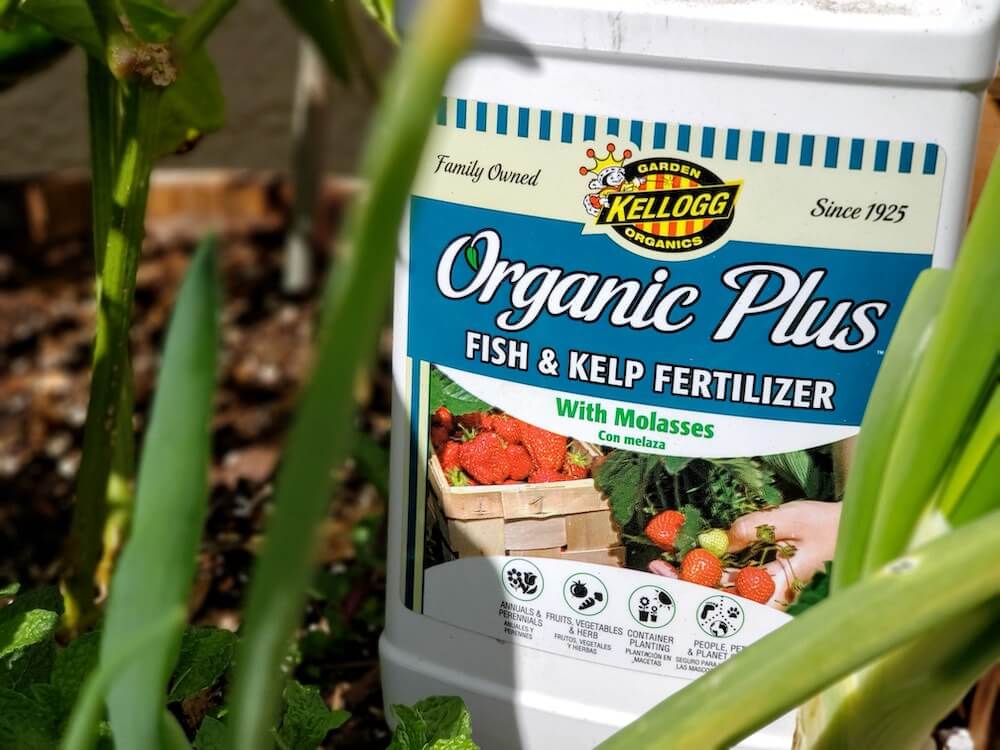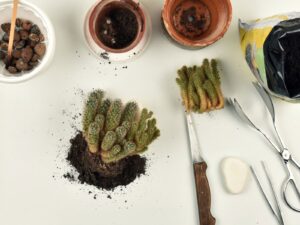Fish and kelp fertilizers are increasingly recognized as potent organic amendments for cultivating strong, resilient cacti. These nutrient-rich concoctions offer a myriad of benefits, from bolstering root systems to enhancing overall plant vigor. Understanding their constituents, application methods, and the resulting impacts can provide gardeners with a profound shift in their perception of cactus growth.
Before delving into the specifics of application, let’s first explore the remarkable attributes of these organic fertilizers.
The Nutritional Symphony: Unveiling the Benefits of Fish and Kelp
At the intersection of marine biology and organic gardening lies fish and kelp fertilizer, a unique blend upon which a thriving garden can be built. Fish fertilizer, derived from processed fish remnants, is imbued with essential macronutrients such as nitrogen, phosphorus, and potassium. These elements are critical for promoting vigorous cactus growth, enabling robust flowering, and enhancing the green hues of the plant.
Kelp, on the other hand, is an oceanic treasure trove of trace minerals—sodium, magnesium, calcium, and iron, to name a few. These micronutrients play an essential role in facilitating photosynthesis, improving soil structure, and fostering beneficial microbial activity within the root zone. The combination of these two organic inputs creates a veritable panacea for more than just cacti; they are equally effective in nurturing a plethora of other plant species.
The synergy of fish and kelp extends beyond mere nutrition; it invokes a biological response within plants. When cacti are treated with these organic fertilizers, they often exhibit enhanced resilience to stressors such as drought, disease, and temperature fluctuations. The natural growth hormones and enzymes present in fish and kelp further stimulate root development, setting the stage for a thriving plant ecosystem.
Mastering Application Techniques: Harnessing the Power of Fish and Kelp
To achieve the best results from fish and kelp fertilizer, understanding when and how to apply these substances is paramount. The timing of application can significantly influence nutrient uptake and overall plant health. For optimal results, consider the growth cycle of your cactus.
Early spring marks the commencement of the growing season, making it an opportune time for application. Diluting fish and kelp fertilizer with water—typically at a ratio of 1:10—can ensure a gentle yet effective delivery of nutrients. Applying this mixture during the active growth phase encourages robust root system development, translating into more resilient plants as they broaden their reach for sustenance.
In addition to the initial application, periodic feeding every four to six weeks throughout the growing season is advisable. This regularity will sustain nutrient levels and prevent any deficiencies that can stall cactus growth. However, caution is warranted; over-fertilization can lead to adverse effects such as root burn. As with all organic interventions, adhering to a conservative approach and monitoring plant responses will yield the best results.
Observing the Transformation: The Impact on Cactus Health and Prosperity
The transformative power of fish and kelp fertilizer manifests distinctly through various indicators of plant health. After consistent application, one can trace the following enhancements in their cacti:
Firstly, an increase in vibrant coloration is often a celebratory sign of flourishing cacti. Under the nurturing influence of fish and kelp, plants exhibit deeper greens and more vivid flowers. This visual stimulation may inspire enthusiasm and a deeper connection with the growing process.
Moreover, the durability of the cactus becomes evident as it withstands environmental stressors with greater ease. Cacti fortified with fish and kelp fertilizers can more effectively resist common ailments and pests. Observations might reveal fewer instances of rot, thanks to improved drainage and soil health—the outcome of balanced nutrients and microbial activity.
Further, it is essential to monitor the growth rate of your cacti. Enhanced root systems promote a more significant uptake of water and nutrients, resulting in accelerated growth. The presence of new growth and the formation of pups—young cacti emerging from the base of the parent plant—can be stimulating milestones for enthusiasts.
Finally, the tactile experience of caring for enriched cacti transcends the mere act of gardening. It invites contemplation on the essential interconnectedness of marine-derived inputs and land-bound flora, prompting a newfound appreciation of nature’s broader ecological networks.
In conclusion, utilizing fish and kelp fertilizers heralds a fresh perspective on cactus cultivation, transforming not only the health of the plants but also enriching the experience for the gardener. By embracing these organic solutions, one can unlock the full potential of cacti, cultivating resilient forms that not only survive but thrive in their arid environments. The practice invites curiosity and promises a flourishing garden nurtured by the bounty of the sea, linking our terrestrial endeavors with the rhythm of the ocean’s depths.





Leave a Comment